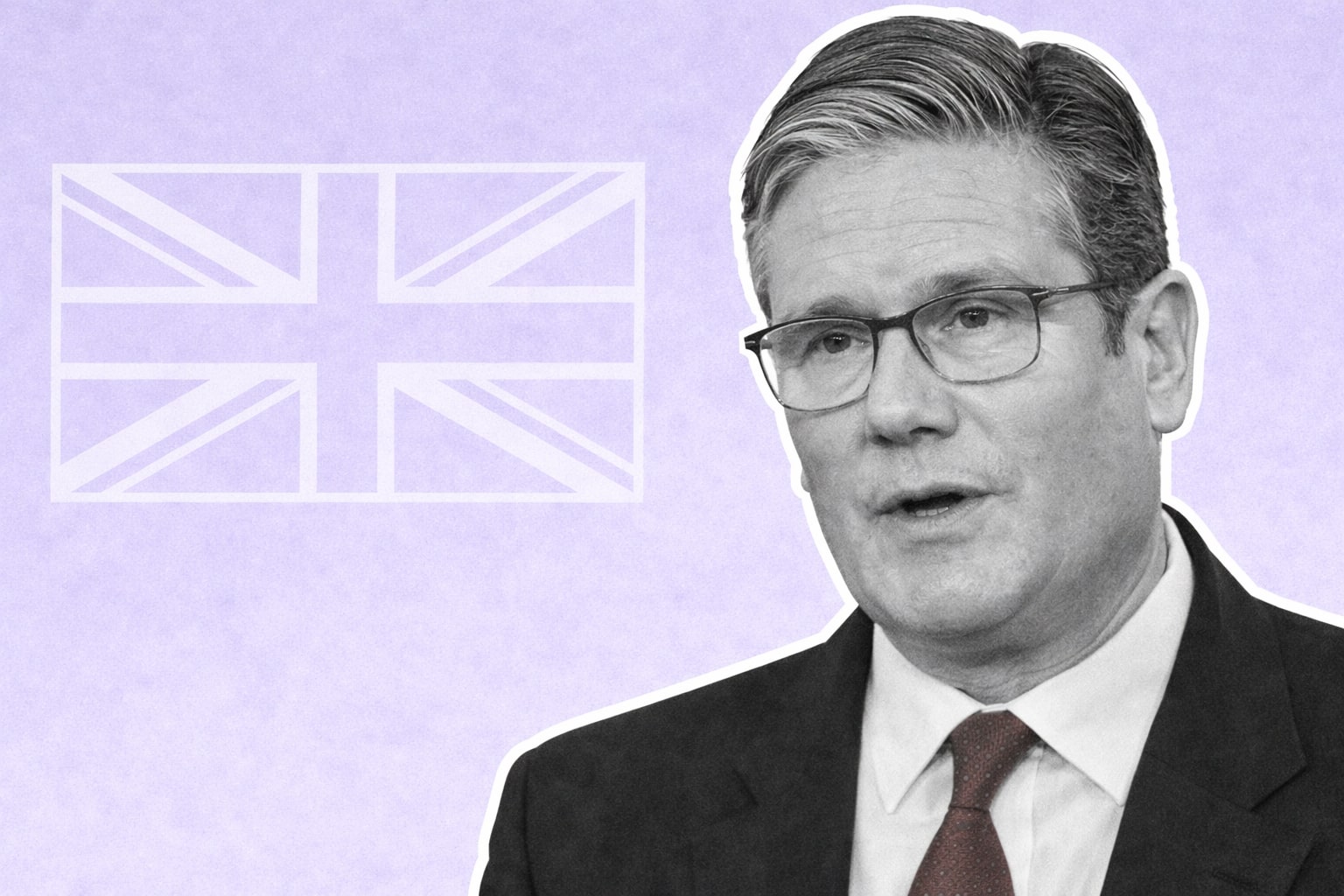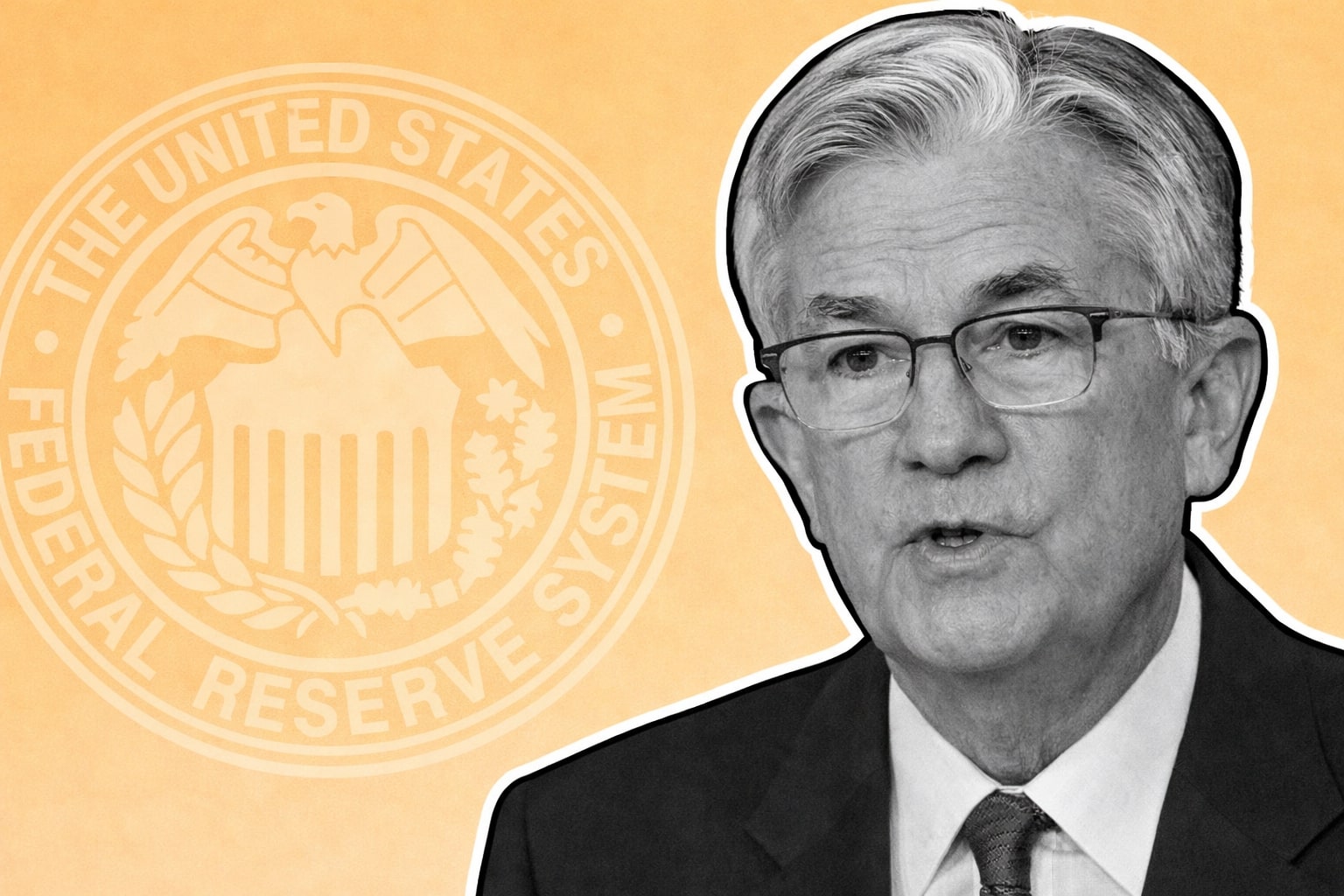
Gold Prices - Analyzing the Impact of U.S. Economic Indicators
Breaking Down the Latest Trends in Gold Prices: From U.S. Employment Data to Central Bank Policies and Global Market Dynamics | That's TradingNEWS
Analyzing the Impact of Economic Events on Gold Prices
Introduction to Current Market Trends
Gold prices (XAU/USD) have entered the week on a bearish note, continuing the trend from the previous week. The upbeat U.S. Nonfarm Payrolls (NFP) report released on Friday has played a pivotal role in shaping current market sentiments. This report, surpassing expectations, has damped investors' expectations of Federal Reserve rate cuts in early 2024, consequently boosting U.S. yields and strengthening the U.S. dollar at the expense of gold, a yieldless asset.
Gold Price Movements Amidst Economic Data
As the European trading session unfolds, gold remains subdued below the crucial $2,000 mark. Market players are treading cautiously, their focus riveted on the impending U.S. inflation data and the Federal Reserve's monetary policy meeting. Adding to the cautious mood is China’s consumer inflation data, showing the lowest growth in three years, thereby reigniting concerns about global economic growth prospects, especially considering China's significant role as the world's second-largest economy.
Geopolitical Tensions and Market Dynamics
The escalating tensions in the Middle East further compound the market's risk aversion. These geopolitical developments are occurring in a week that is heavily laden with central bank decisions, starting with the Federal Reserve's crucial announcement on Wednesday.
Detailed Market Movers Analysis
Last Friday's U.S. employment data revealed a 199K increase in Nonfarm Payrolls for November, outstripping the expected 180K rise. More notably, hourly earnings accelerated to 0.4%, higher than the anticipated 0.3%, adding pressure on consumer prices and casting doubts on the likelihood of near-term Fed cuts. This data has triggered a resurgence in U.S. yields, with the 10-year U.S. Treasury yield climbing by 15 basis points post-NFP release. This has, in turn, propelled the U.S. dollar upwards and exerted downward pressure on gold prices.
Technical Analysis of Gold Prices
From a technical perspective, gold prices are facing increased bearish pressure, having slipped below the $2,000 level. Key support areas include $1,982, marked by the 50% Fibonacci retracement of the October-December rally, and the neckline of a Head and Shoulders pattern, indicative of a potential trend shift. A definitive breach below this level could steer the market towards mid-November lows at $1,934, and eventually to $1,851, aligning with the H&S pattern's measured target. Conversely, a rebound above $2,000 could face resistance at $2,020 and then at $2,040.
U.S. Dollar and Gold Price Correlation
The end of the previous week saw a robust surge in the U.S. dollar, buoyed by stronger-than-expected U.S. employment numbers. This surge corroborates the ongoing tightening of the Federal Reserve's monetary policy, impacting gold prices negatively. As a result, gold trading closed last week around $2,004 per ounce, setting the stage for a week filled with critical monetary policy announcements from global central banks, led by the U.S. Federal Reserve.
Gold Price Forecast and Influential Factors
Technically, gold prices may continue to oscillate within narrow ranges, hinging on the psychological $2,000 resistance. Key influences include upcoming U.S. inflation figures and global central bank statements. Any indication of a more stringent Federal Reserve policy for 2024 could trigger further declines in gold prices, with $1,985 per ounce emerging as a critical support level. In contrast, a dovish shift in central bank policies could weaken the dollar, providing an impetus for gold prices to ascend towards resistance levels at $2,045 and $2,070 per ounce, respectively.
Short-term Outlook and Key Economic Reports
The immediate future for gold prices appears to be colored by the latest U.S. labor data and the upcoming U.S. inflation report and Fed policy decision. Should U.S. inflation data for November fall below expectations, and if the Fed signals potential rate cuts, a positive momentum for gold prices could be sparked, given the consequent impact on the U.S. dollar.
Conclusion
In summary, gold prices are currently navigating through a complex web of economic data, central bank policies, and geopolitical tensions. The upcoming U.S. inflation report and the Federal Reserve's decision will be critical in determining the short-term trajectory of gold prices. As these events unfold, market participants will be keenly observing for signals that could define the future course of this precious metal in the global financial markets.
Read More
-
Pagaya Stock Price Forecast - PGY at $23.20: Is PGY Stock the Cheapest AI Fintech of 2026?
19.12.2025 · TradingNEWS ArchiveStocks
-
XRP Price Forecast: XRP-USD Stuck at $1.87 With $3 2026 Target and $10–$25 Long-Term Range
19.12.2025 · TradingNEWS ArchiveCrypto
-
Oil Price Forecast: WTI Near $56 and Brent at $60 Signal Risk Toward $50
19.12.2025 · TradingNEWS ArchiveCommodities
-
Stock Market Today: AI Chip Rally Lifts Nasdaq as $7.1T Quad Witching Hits
19.12.2025 · TradingNEWS ArchiveMarkets
-
GBP/USD Price Forecast - Pound at 1.34 As BoE Cut And Soft Dollar Keep Bullish Path Toward 1.35
19.12.2025 · TradingNEWS ArchiveForex


















